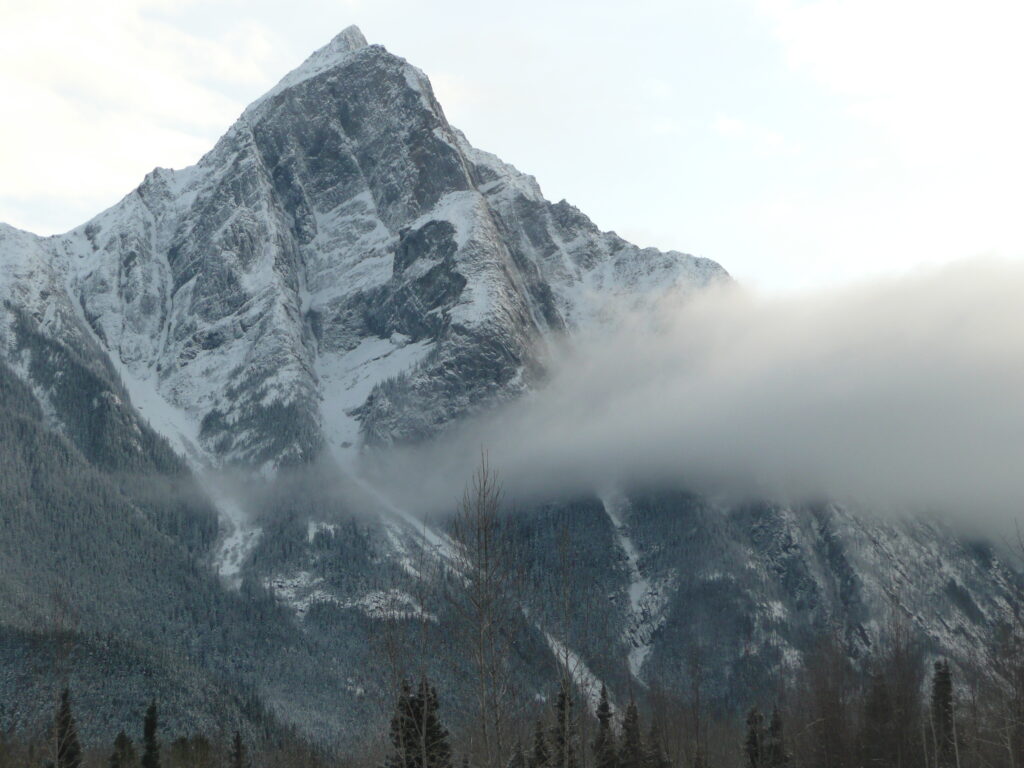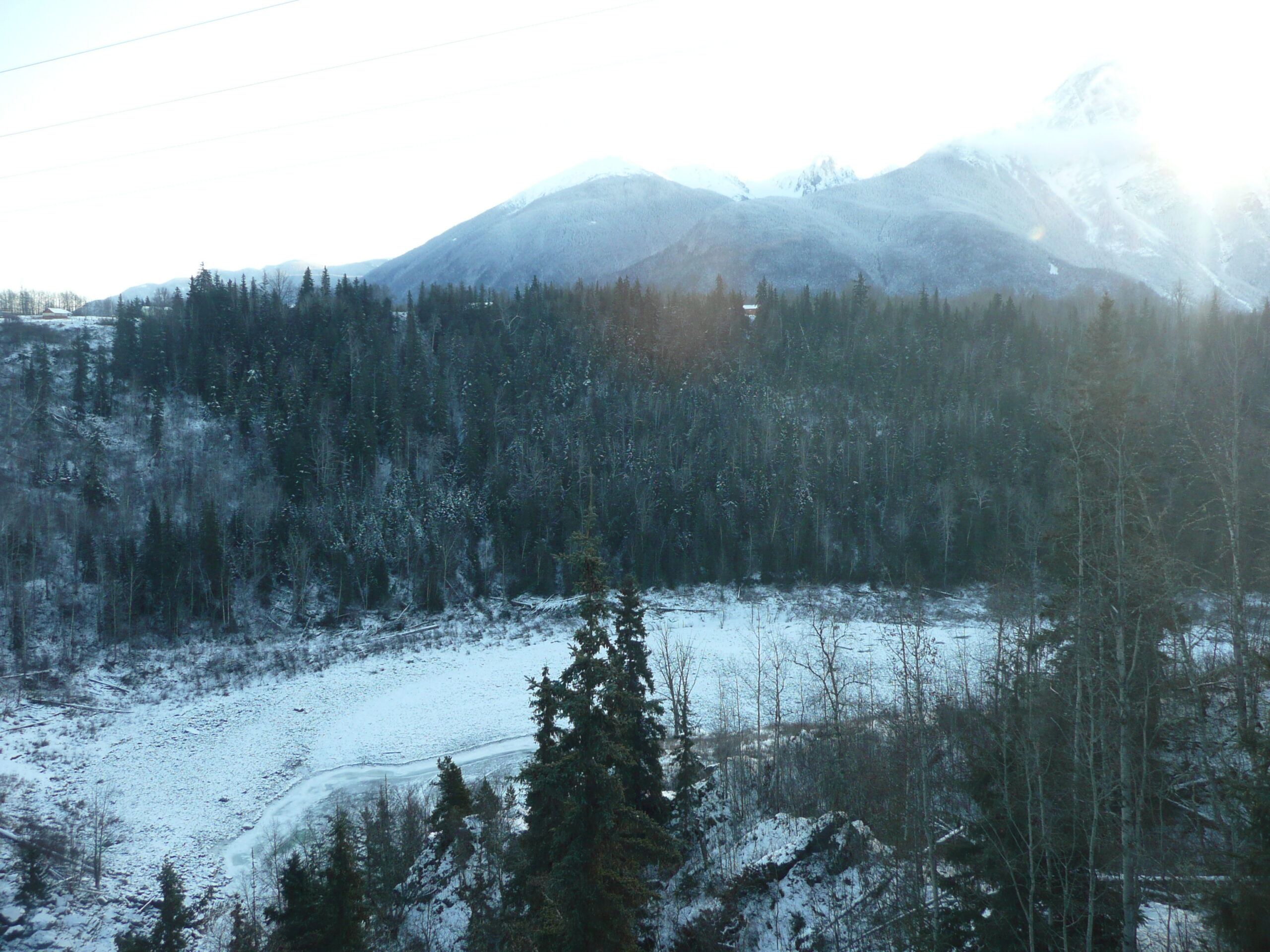On December 2, 2014 Justice Veale of the Yukon Supreme Court released his reasons in the Peel Watershed Decision. The Peel Watershed is a pristine region approximately 67,000 km² in size and spans parts of the traditional territories of several First Nations in Yukon and the Northwest Territories. At issue was whether the Yukon government (“Yukon”) had respected a unique land use planning process that was established within Yukon’s modern treaties, collectively known as the Umbrella Final Agreement (“UFA”), in the development of a land use plan (“Plan”) for the Peel Watershed region.

Photo credit: Gordon Lyall
Nacho Nyak Dun, Tr’ondëk Hwëch’in and two environmental organizations (“Plaintiffs”), with the support of the Gwich’in Tribal Council as an intervener, argued that Yukon’s decision to “modify” the Plan did not conform with the spirit and terms of the UFA. Justice Veale agreed and found that Yukon failed to uphold the honour of the Crown. The Court quashed the Plan Yukon had approved, ordered the parties to return to the land use planning process, and substantially limited the modifications Yukon can make. The Peel Watershed Decision is a victory for Yukon First Nations and for First Nations elsewhere who have entered into modern treaties with the Crown. It sends a strong message that the Crown cannot act unilaterally in government-to-government processes developed collaboratively with First Nations towards the goal of reconciliation, even in situations where the Crown holds final decision-making authority.
FACTS
The UFA established a land use planning commission (“Commission”) through which First Nation governments and Yukon both have decision-making authority to “approve, reject or modify” draft and final land use plans recommended to them by the Commission. Under the UFA First Nations have final decision-making authority over settlement lands, and Yukon has final decision-making authority over non-settlement lands. Approximately 97% of the Peel Watershed Region in the Yukon is situated within non-settlement lands.
After seven years of consulting the public and governments, the Commission recommended a draft Plan that offered approximately 80% protection and allowed 20% development in the Peel Watershed Region. At this stage in the process Yukon elected under the terms of the UFA to “modify” the draft recommended Plan and subsequently proposed five modifications to the Commission accompanied by a 16 page response. The Commission released its final recommended Plan wherein three of the five modifications proposed were addressed to Yukon’s satisfaction. The Commission found that the other two proposed modifications, which generally called for more “balance” and “access” to be provided in the Plan, were not specific enough and could not be addressed without returning to an earlier stage in the planning process. Yukon did not respond to a request for more specifics.
After the release of the final recommended Plan Yukon announced that it had unilaterally developed eight “core principles” to guide final modifications and completion of a Peel Watershed land use plan. These core principles were not in the final recommended Plan nor were they included in any of the proposed modifications previously put forward. Applying these core principles, Yukon then released its own, significantly different land use plan for the Peel Watershed. In effect Yukon’s “modifications” turned the Plan developed through collaboration with the First Nations and recommended by the Commission on its head; Yukon’s plan offered approximately 30% protection and allowed 70% development.

Photo credit: Gordon Lyall
THE DECISION
The decision largely turned on the interpretation of the words “approve, reject or modify” in the UFA. Yukon insisted that through a plain meaning interpretation of the UFA it had followed the letter of the law in the land use planning process and that, ultimately, it has the final say over land use planning on non-settlement land.
The Plaintiffs argued that under the process set out in the UFA, once Yukon elected to modify the draft recommended Plan it was restricted to the modifications it had proposed at that time and that had been the subject of consultation with First Nations. They argued that Yukon went off on a “frolic of its own,” essentially replacing the collaboratively developed final recommended Plan with a new one through a process that was not provided for in the UFA.
The Court returned to the principles set out by the Supreme Court of Canada in Haida, Little Salmon/Carmacks and Manitoba Métis regarding treaty interpretation and the honour of the Crown. In particular, Justice Veale confirmed that “an honourable interpretation of a constitutional obligation cannot be a legalistic one that divorces the words from their purpose.” In applying these principles, Justice Veale found that Yukon never consulted the First Nations on the new substantive modifications at the appropriate stage of the UFA process nor did it put them to the Commission for consideration as required by the UFA. The Court also held that the course Yukon took in the land use planning process “betrayed the spirit” of the UFA, “was not based upon a contextual interpretation,” did not “enhance the goal of reconciliation” and was an “ungenerous interpretation not consistent with the honour and integrity of the Crown.”
Justice Veale quashed Yukon’s plan and sent the matter back to the stage in the land use planning process where the Commission’s final recommended Plan was released. The Court ordered that Yukon’s modifications to the final recommended Plan be limited to the three proposed modifications that were previously addressed by the Commission and the 16 page response that originally accompanied the proposed modifications. The other two proposed modifications regarding “balance” and “access” were held to be too vague and general for the Commission to address. As a result, the final Plan will now be closely aligned with the one previously recommended by the Commission, offering approximately 80% protection of the pristine region.
CONCLUSION
The Peel Watershed Decision marks a huge victory for Yukon First Nations and a vindication of the government-to-government relationship envisioned by the UFA. The Court provided substantive relief by not only quashing Yukon’s approved plan and sending the matter back for further consultation, but also specifically setting the terms on which the Crown must proceed. The decision also sends a clear message to the Crown that it cannot simply go through the motions of working together and then strike out on its own. Courts are prepared to enforce the spirit and intent of government-to-government processes, and to scrutinize Crown actions to ensure they meet the standard of honourable conduct.
Update: The Government of Yukon will appeal the decision.
This case summary provides our general comments on the case discussed and should not be relied on as legal advice. If you have any questions about this case or any similar issue, please contact any of our lawyers.
See CanLII for the Reasons for Judgement.